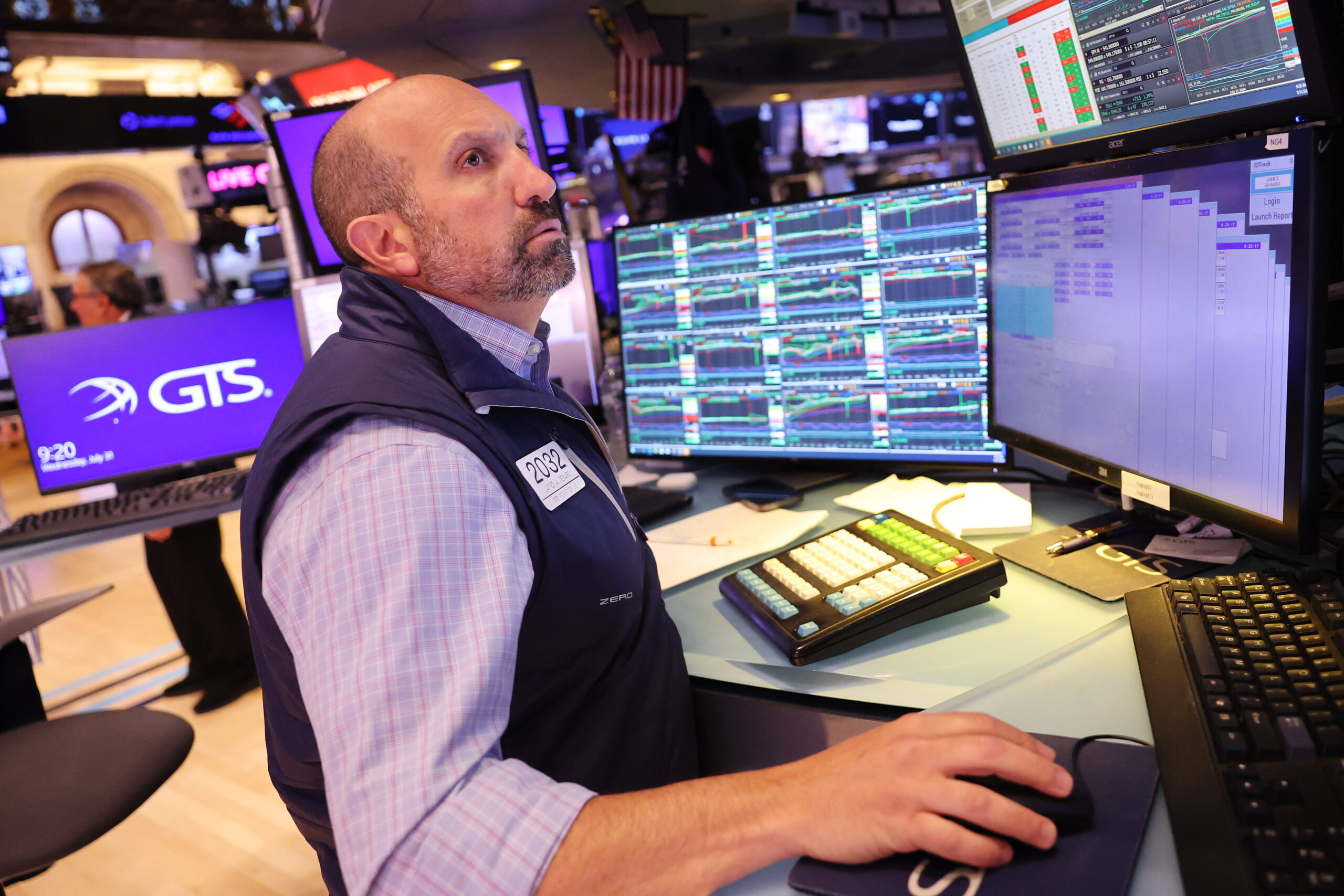
There was a perverse view this year that bad economic news was actually good news for the stock market, as the heat coming off the economy would give the Federal Reserve the greenlight to cut interest rates. This made some sense with inflation for the first time in a while becoming the primary market bogeyman over a slowing economy. But now investors find themselves with a series of disappointing economic data points a day after the Fed voted to keep its short-term rate at the highest in two decades. Yes, Fed Chair Jerome Powell did give a solid hint on Wednesday that modest quarter-point rate cut was coming in September, but the market is waking up Thursday to the fear that perhaps that will be too little, too late. The weak data on the day: July manufacturing activity in the U.S. fell 1.7 percentage point from June to 46.8%, according to the Institute for Supply Management. Any number below 50% signals a contraction. First-time filings for unemployment insurance totaled 249,000 last week, an increase of 14,000 and above the estimate. It was the highest level since August 2023. Announced layoffs last month were the highest for any July in more than two decades, outplacement firm Challenger, Gray & Christmas reported. Investors got what they thought they wanted, with the 10-year Treasury yield breaking below 4% for the first time since February. But instead of rallying, the Dow Jones Industrial Average is diving . .DJI 1D mountain Dow, 1-day Stocks that have the most to lose in a recession led the way, with JPMorgan Chase and Caterpillar down. Even tech stocks found themselves in the red as they too, may be hurt more by a slowing economy, than their valuations are boosted by lower rates. “The economic data keep rolling on in the direction of a downturn, if not recession, this morning,” said Chris Rupkey, FWDBONDS chief economist. “The stock market doesn’t know whether to laugh or cry because while three Fed rate cuts may be coming this year and 10-year bond yields are falling below 4%, the winds of recession are coming in hard according to purchasing managers at manufacturing firms.” Adam Crisafulli of Vital Knowledge agreed: “The ISM shortfall is just the latest sign of cooling domestic growth conditions, and another sign that the Fed should have commenced its easing cycle yesterday instead of waiting until Sept.” The market appears to be returning to the natural order of things where investors wished for a strong economy that lifts earnings first, with a tailwind of lower rates that boosts valuations as a far second hope. Just in time for the July jobs report Friday, which is expected to show payroll growth slowed to 185,000 from 206,000 payrolls in the prior month, per Dow Jones estimates. —With reporting by Yun Li, Jeff Cox
EMEA Tribune is not involved in this news article, it is taken from our partners and or from the News Agencies. Copyright and Credit go to the News Agencies, email news@emeatribune.com Follow our WhatsApp verified Channel





